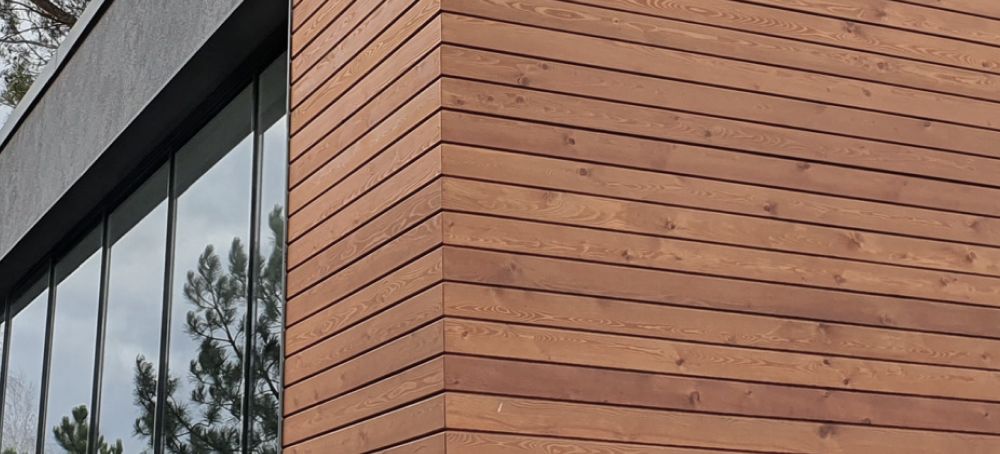If you still have additional questions or you want to make a preliminary payment for your order, fill out the form for a call back or contact us in any convenient way.
An excellent architectural solution to create a unique style is the decorative finish of a building.
This design solution will allow not only to create a truly aesthetic appearance of the object, but also to protect it from various weather conditions.




The outer, decorative layer of the HVF itself can be made of any type of covering and combined on the same level of the facade in any variations, which reveals the architect's capabilities in the implementation of architecture of any complexity and to make almost any customer's fantasy come true.
It can be clinker, aluminum composite panel (ACP), porcelain stoneware, granite, marble, wood, HPL, laminate, onyx, slate, any type of metal plates, glass, fiber gypsum and much more.